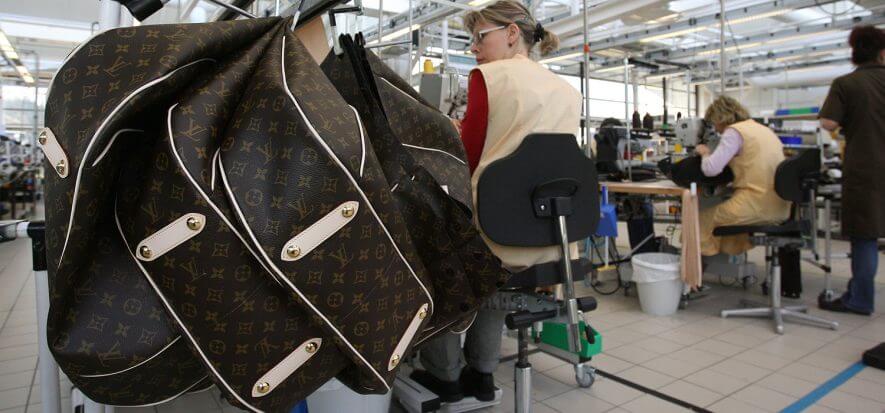The luxury industry has a problem: unsold goods. The business model that includes excess production and growth have brought the volume and value of unsold products to skyrocket. According to Business of Fashion, Kering and LVMH’s unsold products have more than doubled between 2014 and 2023, the year during which it reached 4.7 billion euro: up from the 4 billion of 2022. A true “alarming amount”: how can it be managed?
Alarming amount of unsold goods
According to the financial statements 2023, LVMH had 3.2 billion euro of unsold goods in warehouses: they were 2.7 billion in 2022. Simply put, 4% of the group’s revenue. The French multinational has stated that the unsold goods “would have likely been sold” during the year 2024. Kering recorded an amount of 1.5 billion euro (against 1.3 billion in 2022) during the year 2023, or 8% of revenue. Both groups include in the total calculation raw materials, semi-finished goods and finished products. Overall, writes Business of Fashion, if we put together LVMH and Kering, we have hundreds of thousands, if not millions, of unsold goods.
4.7 billion euro of unsold goods
The increased amount of unsold goods is implicit in the business model of the luxury industry (and of the fashion one, more in general), as it plans for maximum production efficiency to create economies of scale. But with it being an industry based on trends, it’s hard to align demand with supply. Moreover, explains BoF, manufacturing in excess is considered less expensive than losing sale due to a lack of product. And given that luxury players have grown immensely in the last period, it’s only normal that the amounts of unsold goods have also increased. But today the situation is alarming, especially because there doesn’t appear to be a short-term solution, which represents a chocking point for the chain upstream, as proven by the situation of many manufacturing districts of Italy.
Very difficult to find a large-scale solution
It’s not enough to implement the old initiatives to get rid of unsold goods. For example: staff sales, friends & family events, other private sales and outlets. Unsold goods were even destroyed in the past to avoid impacting the brand’s image. This practice has now been banned in France and will soon be all across Europe. “It’s a large issue for the industry”, says to BoF Claudia D’Arpizio of Bain & Company. “If you are a large brand with a lot of unsold stock, it’s very hard to find a large-scale solution”.
Read also:










